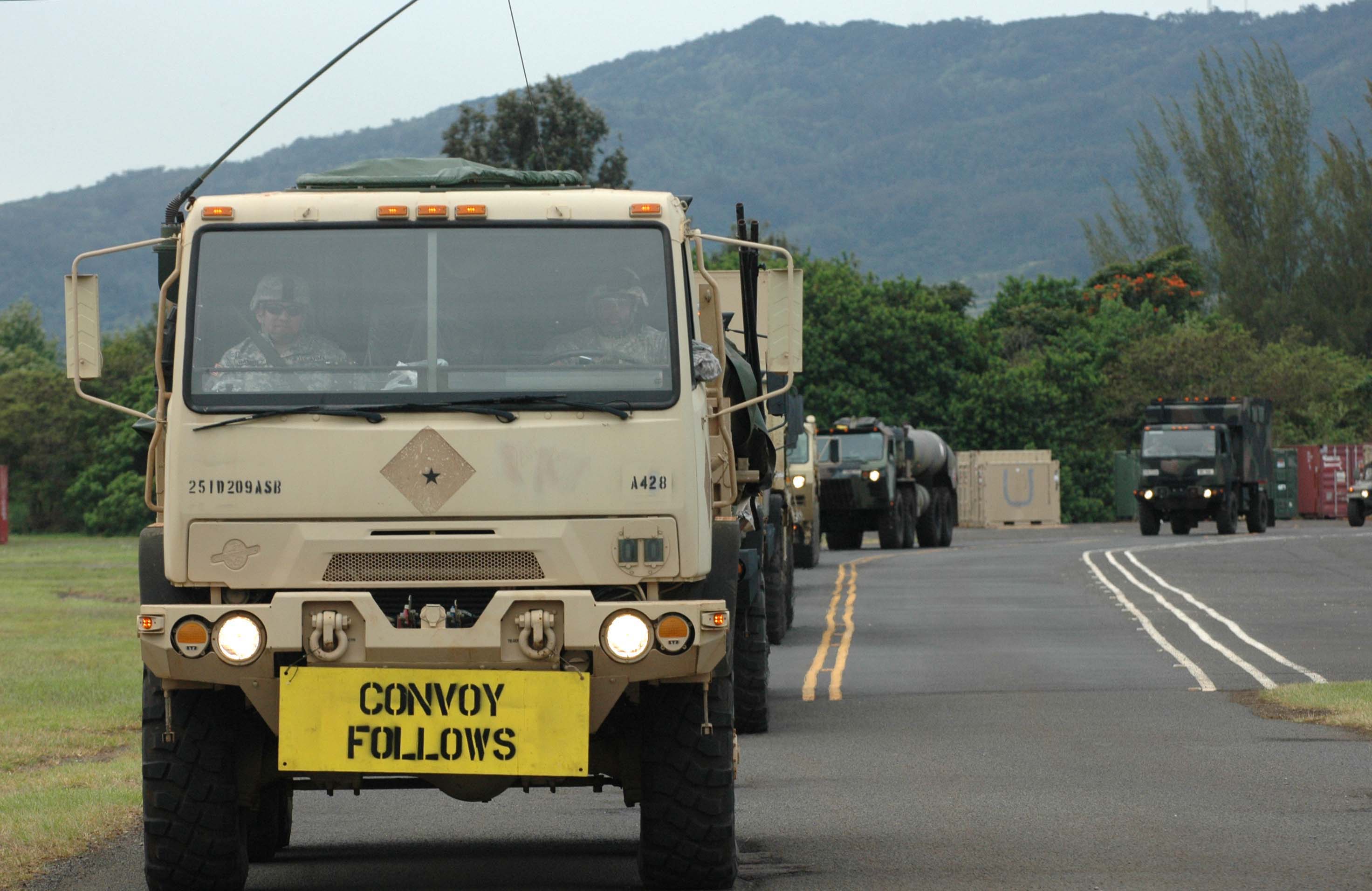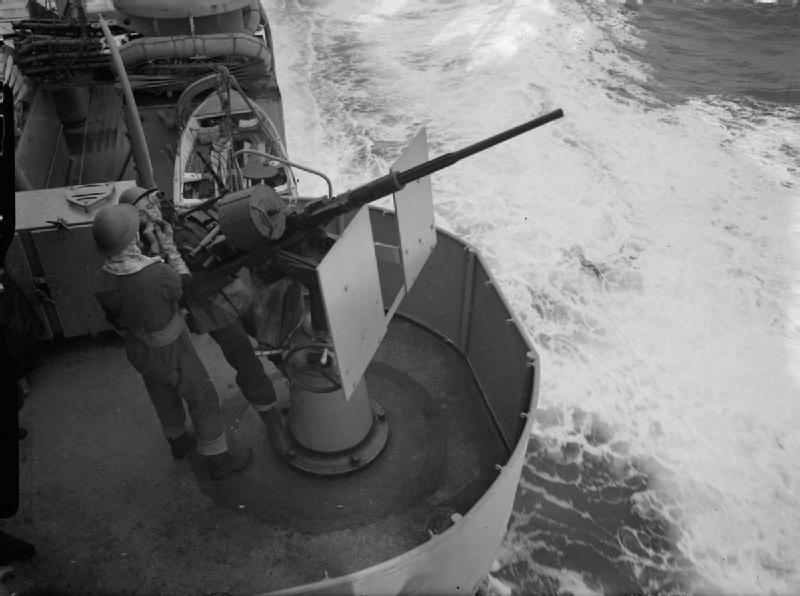|
Naval Armed Guard
The United States Navy Armed Guard was a force of United States Navy gunners and related personnel established during World War II to protect U.S. merchant shipping from enemy attack.World War II U.S. Navy Armed Guard and World War II U.S. Merchant Marine, 2007-2014 Project Liberty Ship, Project Liberty Ship, P.O. Box 25846 Highlandtown Station, Baltimore, M/ref> A shortage of escort vessels to provide unarmed merchant vessels with adequate protection shifted the burden to onboard crews to help counter the constant danger presented by Axis (World War II), Axis submarines, surface raiders, fighter aircraft and bombers. The NAG was headquartered in New Orleans, and had three training centers, at Norfolk, Virginia; San Diego, California; and Gulfport, Mississippi. At the end of the war, there were 144,857 men serving in the Navy Armed Guard on 6,200 ships.Armed Guard - Sea Lane Vigilantes, Project Liberty Ship, 201/ref> Unit composition The United States Navy Armed Guard ... [...More Info...] [...Related Items...] OR: [Wikipedia] [Google] [Baidu] |
Coxswain
The coxswain ( or ) is the person in charge of a boat, particularly its navigation and steering. The etymology of the word gives a literal meaning of "boat servant" since it comes from ''cock'', referring to the wiktionary:cockboat, cockboat, a type of ship's boat, and ''swain'', an Old English term derived from the Old Norse ''sveinn'' meaning boy or servant. In 1724, a "cockswain" was defined as "An officer of a ship who takes care of the cockboat, barge or shallop, with all its furniture, and is in readiness with his crew to man the boat on all occasions." When the term "cockboat" became obsolete, the title of coxswain as the person in charge of a ship's boat remained. Rowing In rowing, the coxswain sits in either the bow or the stern of the boat (depending on the type of boat) while verbally and physically controlling the boat's steering, speed, timing and fluidity. The primary duty of a coxswain is to ensure the safety of those in the boat. In a race setting, the coxswai ... [...More Info...] [...Related Items...] OR: [Wikipedia] [Google] [Baidu] |
Action In The North Atlantic
''Action in the North Atlantic'' is a 1943 American war film from Warner Bros. Pictures. It was produced by Jerry Wald, directed by Lloyd Bacon, and adapted by John Howard Lawson from a story by Guy Gilpatric. The film stars Humphrey Bogart and Raymond Massey as officers in the U.S. Merchant Marine during World War II. Like other Hollywood war films made in the initial years of U.S. involvement in WWII, ''Action in the North Atlantic'' was regarded as a means of stirring patriotism and mobilizing the Home front during World War II#United States, home front. The film tells the story of the unsung heroes in the Merchant Marine who brave attacks by German bomber planes and U-boats to deliver vital supplies to the Allies of World War II, Allies. ''The New York Times'' movie reviewer Bosley Crowther wrote, "it's a good thing to have a picture which waves the flag for the merchant marine. Those boys are going through hell-and-high-water, as 'Action in the North Atlantic' shows." Plot ... [...More Info...] [...Related Items...] OR: [Wikipedia] [Google] [Baidu] |
Convoy
A convoy is a group of vehicles, typically motor vehicles or ships, traveling together for mutual support and protection. Often, a convoy is organized with armed defensive support and can help maintain cohesion within a unit. It may also be used in a non-military sense, for example when driving through remote areas. Naval convoys Age of Sail Naval convoys have been in use for centuries, with examples of merchant ships traveling under naval protection dating to the 12th century. The use of organized naval convoys dates from when ships began to be separated into specialist classes and national navies were established. By the French Revolutionary Wars of the late 18th century, effective naval convoy tactics had been developed to ward off pirates and privateers. Some convoys contained several hundred merchant ships. The most enduring system of convoys were the Spanish treasure fleets, that sailed from the 1520s until 1790. When merchant ships sailed independently, a privateer c ... [...More Info...] [...Related Items...] OR: [Wikipedia] [Google] [Baidu] |
Allies (World War II)
The Allies, formally referred to as the United Nations from 1942, were an international military coalition formed during World War II (1939–1945) to oppose the Axis powers. Its principal members were the " Big Four" – the United Kingdom, United States, Soviet Union, and China. Membership in the Allies varied during the course of the war. When the conflict broke out on 1 September 1939, the Allied coalition consisted of the United Kingdom, France, and Poland, as well as their respective dependencies, such as British India. They were joined by the independent dominions of the British Commonwealth: Canada, Australia, New Zealand and South Africa. Consequently, the initial alliance resembled that of the First World War. As Axis forces began invading northern Europe and the Balkans, the Allies added the Netherlands, Belgium, Norway, Greece, and Yugoslavia. The Soviet Union, which initially had a nonaggression pact with Germany and participated in its invasion of Poland, ... [...More Info...] [...Related Items...] OR: [Wikipedia] [Google] [Baidu] |
Deck Guns
A deck gun is a type of naval artillery mounted on the deck of a submarine. Most submarine deck guns were open, with or without a shield; however, a few larger submarines placed these guns in a turret. The main deck gun was a dual-purpose weapon used to sink merchant shipping or shell shore targets, or defend the submarine on the surface from enemy aircraft and warships. Typically a crew of three operated the gun, while others were tasked with supplying ammunition. A small locker box held a few 'ready-use' rounds. With a well-drilled, experienced crew, the rate of fire of a deck gun could be 15 to 18 aimed shots per minute. Some submarines also had additional deck guns like auto-cannons and machine guns for anti-aircraft defense. While similar unenclosed guns are often found on surface warships as secondary or defensive armament (such as the US Navy's 5-inch (127 mm)/25 caliber gun which was removed from battleships to mount on submarines), the term "deck gun" normally re ... [...More Info...] [...Related Items...] OR: [Wikipedia] [Google] [Baidu] |
5 Inch (127 Mm)/38 Caliber Gun
The Mark 12 5"/38-caliber gun was a United States dual-purpose naval gun, but also installed in single-purpose mounts on a handful of ships. The 38-caliber barrel was a mid-length compromise between the previous United States standard 5"/51 low-angle gun and 5"/25 anti-aircraft gun. United States naval gun terminology indicates the gun fired a projectile in diameter, and the barrel was 38 calibers long. The increased barrel length provided greatly improved performance in both anti-aircraft and anti-surface roles compared to the 5"/25 gun. However, except for the barrel length and the use of semi-fixed ammunition, the 5"/38 gun was derived from the 5"/25 gun. Both weapons had power ramming, which enabled rapid fire at high angles against aircraft. The 5"/38 entered service on , commissioned in 1934, the first new destroyer design since the last ''Clemson'' was built in 1922. The base ring mount, which improved the effective rate of fire, entered service on , commissioned ... [...More Info...] [...Related Items...] OR: [Wikipedia] [Google] [Baidu] |
4"/50 Caliber Gun
The 4″/50-caliber gun (spoken "four-inch-fifty-caliber") was the standard low-angle, quick-firing gun for the United States, first appearing on the monitor and then used on "Flush Deck" destroyers through World War I and the 1920s. It was also the standard deck gun on S-class submarines, and was used to rearm numerous submarines built with guns early in World War II. United States naval gun terminology indicates the gun fired a projectile 4 inches (10 centimeters) in diameter, and the barrel was 50 caliber. 4x50 meant that the barrel was 200 inches long, or 16 feet long . Design The original 4-inch/50-caliber Mark 7 gun, M1898, serial nos. 213–254, 257–281, 316–338, was an entirely new high-power design built-up gun with a tube, jacket, hoop, locking ring and screw breech. Gun No. 213 had a liner. The gun was described as a gun but with a 4-inch bore in the 1902 handbook, this indicated its higher power and also the fact the barrel was actually more the size of a 5-in ... [...More Info...] [...Related Items...] OR: [Wikipedia] [Google] [Baidu] |
3"/50 Caliber Gun
The 3-inch/50-caliber gun (spoken "three-inch fifty-caliber") in United States naval gun terminology indicates the gun fired a projectile in diameter, and the barrel was 50 Caliber (artillery), calibers long (barrel length is 3 in × 50 = ). Different guns (identified by Mark numbers) of this caliber were used by the U.S. Navy and U.S. Coast Guard from 1900 through to 1990 on a variety of combatant and transport ship classes. The gun is still in use with the Spanish Navy on Serviola-class patrol boat, ''Serviola''-class patrol boats. Early low-angle guns The US Navy's first 3 inch /50-caliber gun (Mark 2) was an early model with a projectile velocity of per second. Low-angle (single-purpose/non-anti-aircraft) mountings for this gun had a range of 7000 yards at the maximum elevation of 15 degrees. The gun entered service around 1900 with the s, and was also fitted to s. By World War II these guns were found only on a few Coast Guard cutters and Defensively Equipped Mer ... [...More Info...] [...Related Items...] OR: [Wikipedia] [Google] [Baidu] |
Oerlikon 20 Mm Cannon
The Oerlikon 20 mm cannon is a series of autocannons based on an original German Becker Type M2 20 mm cannon design that appeared very early in World War I. It was widely produced by Oerlikon Contraves and others, with various models employed by both Allied and Axis forces during World War II. Many versions of the cannon are still used. Blowback-operated models History Origins During World War I, the German industrialist Reinhold Becker developed a 20 mm caliber cannon, known now as the 20 mm Becker using the advanced primer ignition blowback (API blowback) method of operation. This used a 20×70mmRB cartridge and had a cyclic rate of fire of 300 rpm. It was used on a limited scale as an aircraft gun on ''Luftstreitkräfte'' warplanes, and an anti-aircraft gun towards the end of that war. Because the Treaty of Versailles banned further production of such weapons in Germany, the patents and design works were transferred in 1919 to the Swiss firm SEMAG (''Seebach M ... [...More Info...] [...Related Items...] OR: [Wikipedia] [Google] [Baidu] |
Radar
Radar is a system that uses radio waves to determine the distance ('' ranging''), direction ( azimuth and elevation angles), and radial velocity of objects relative to the site. It is a radiodetermination method used to detect and track aircraft, ships, spacecraft, guided missiles, motor vehicles, map weather formations, and terrain. The term ''RADAR'' was coined in 1940 by the United States Navy as an acronym for "radio detection and ranging". The term ''radar'' has since entered English and other languages as an anacronym, a common noun, losing all capitalization. A radar system consists of a transmitter producing electromagnetic waves in the radio or microwave domain, a transmitting antenna, a receiving antenna (often the same antenna is used for transmitting and receiving) and a receiver and processor to determine properties of the objects. Radio waves (pulsed or continuous) from the transmitter reflect off the objects and return to the receiver, giving ... [...More Info...] [...Related Items...] OR: [Wikipedia] [Google] [Baidu] |







